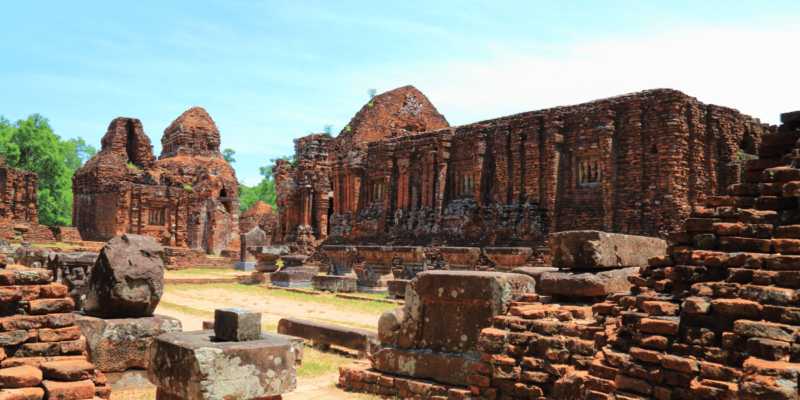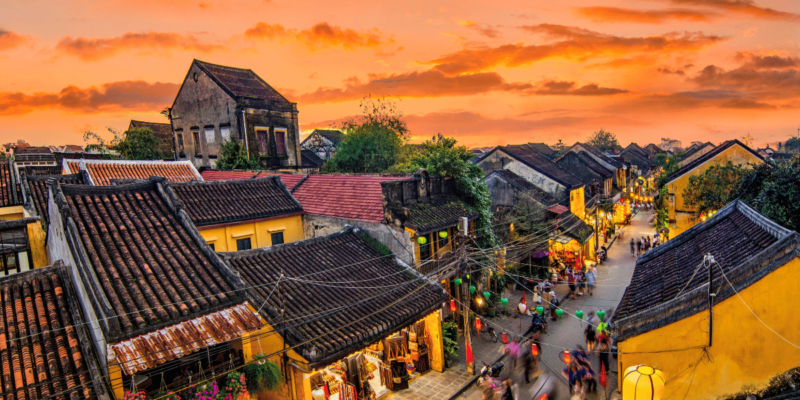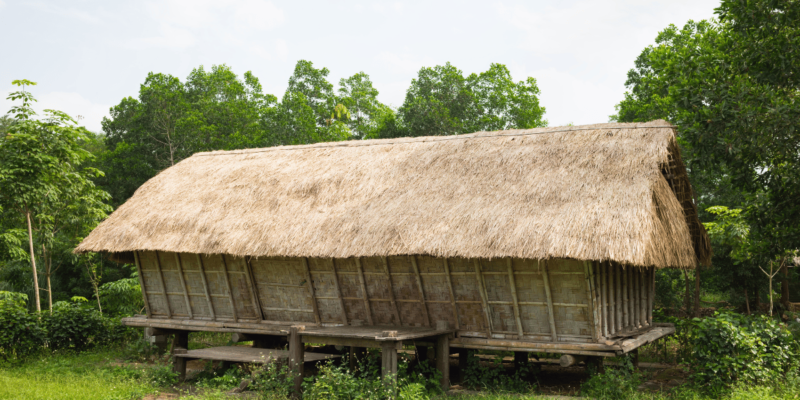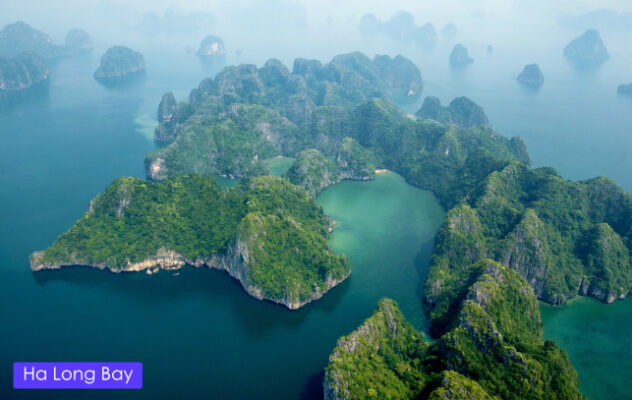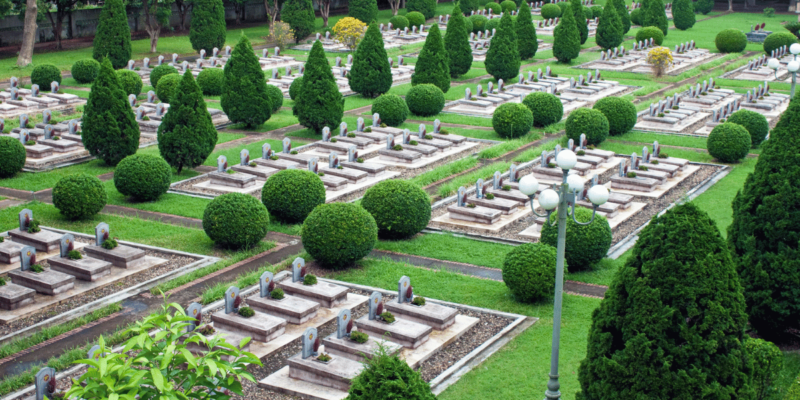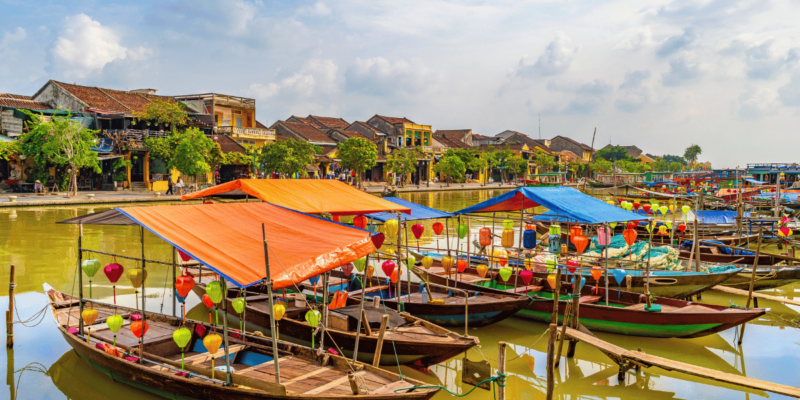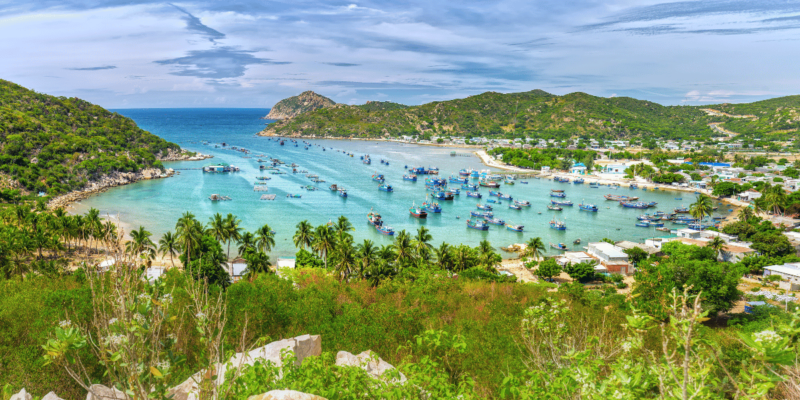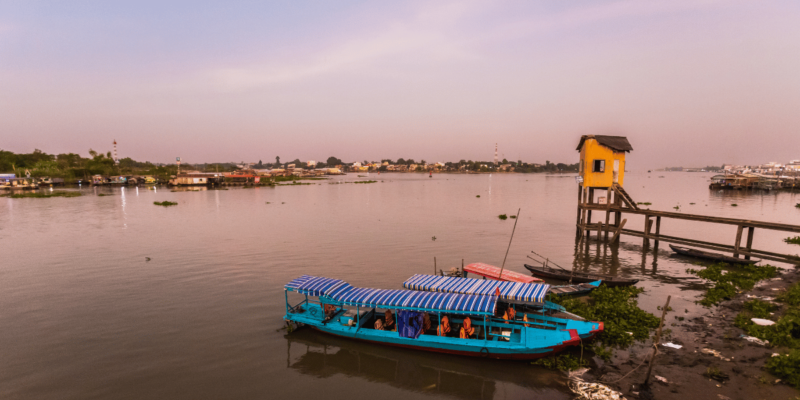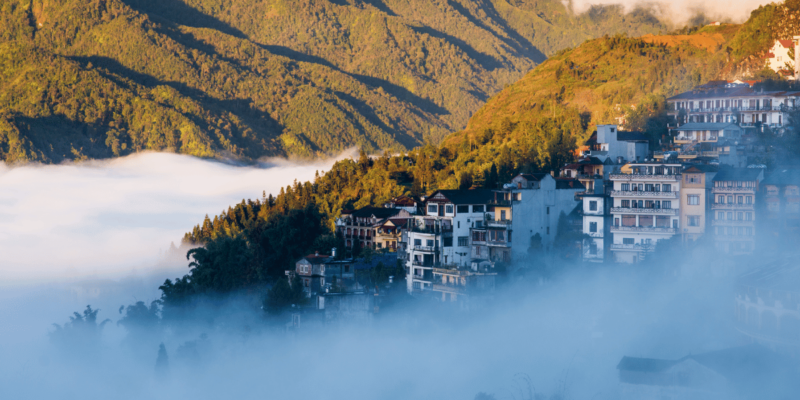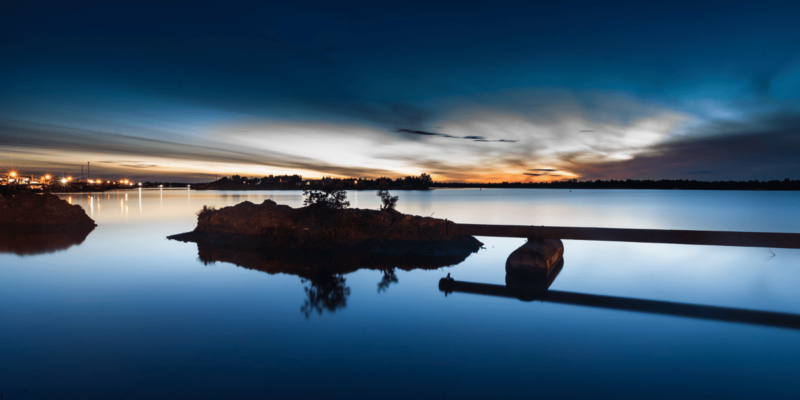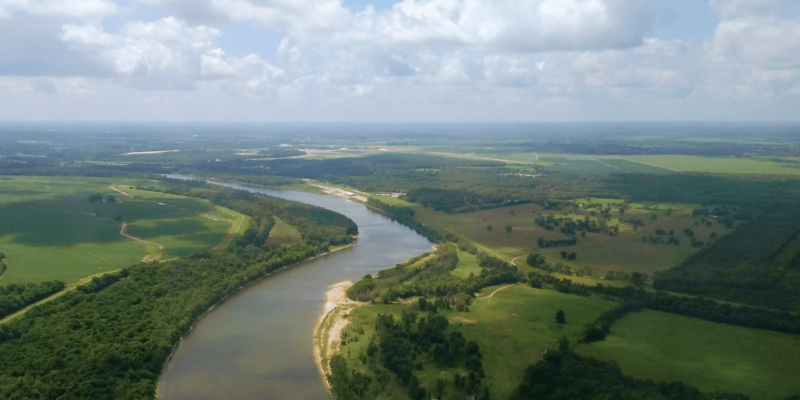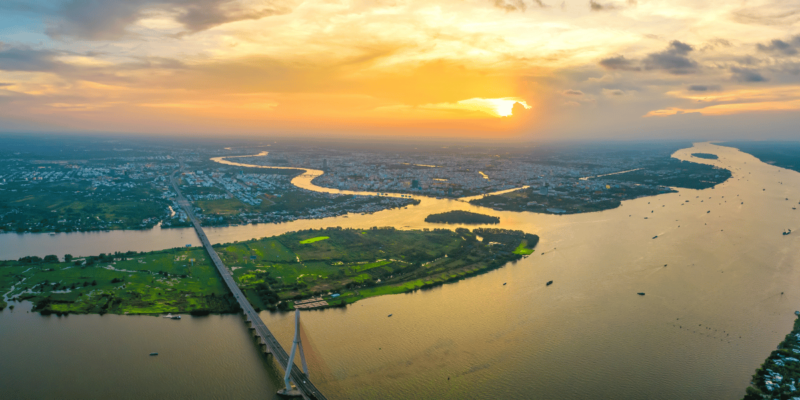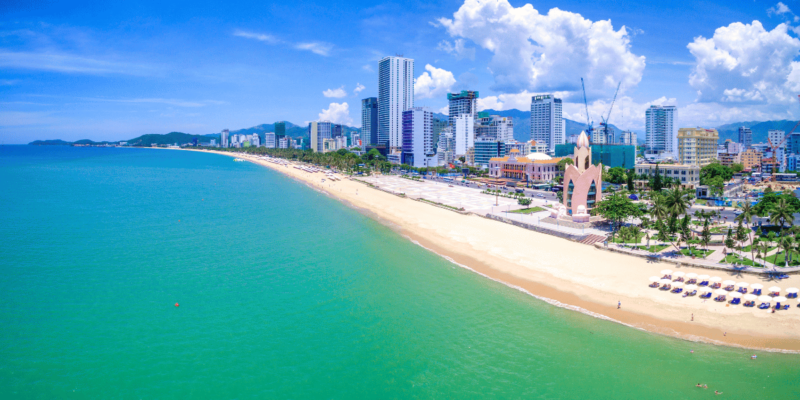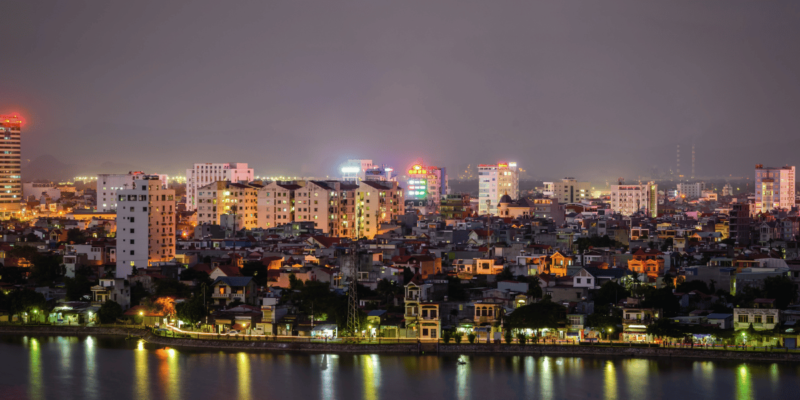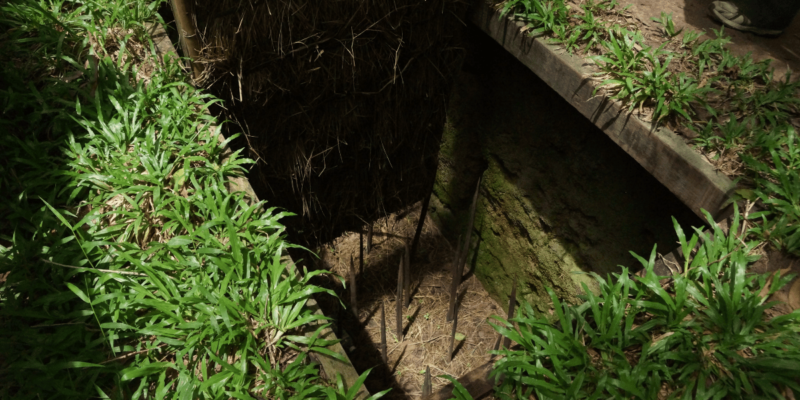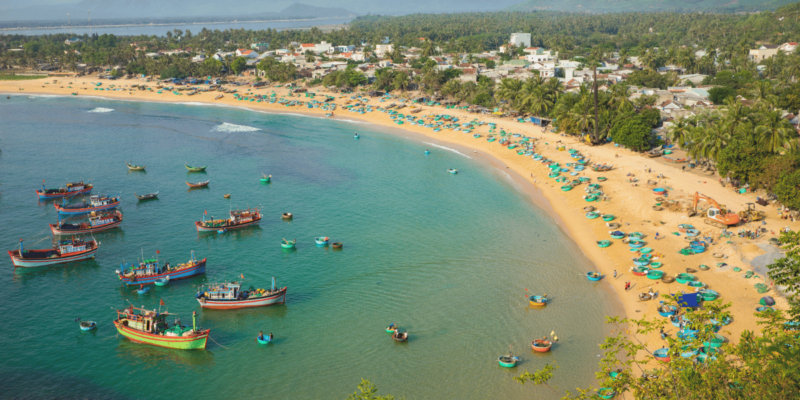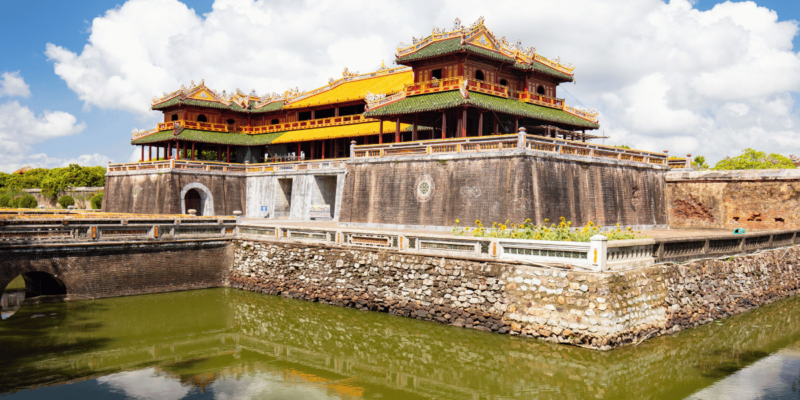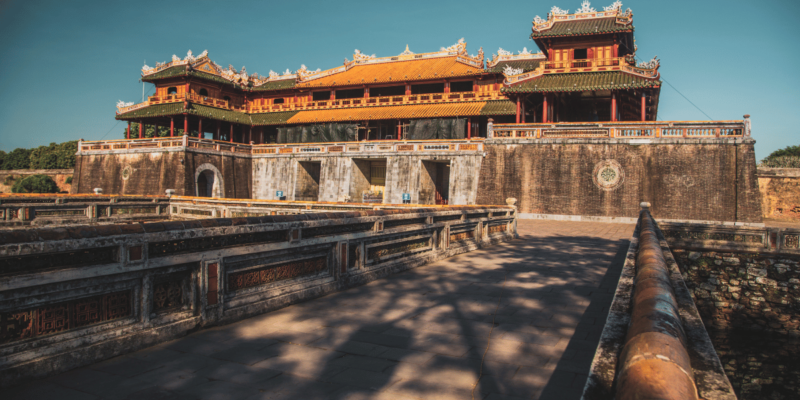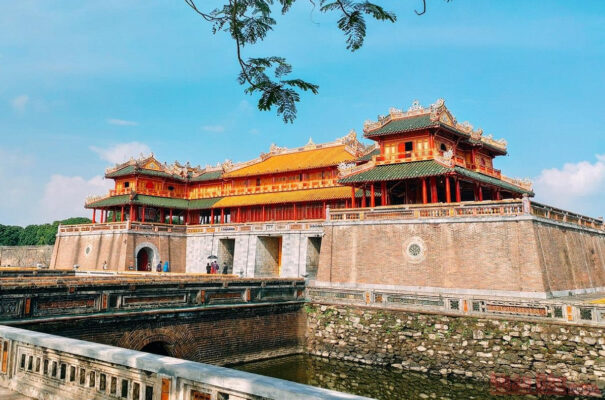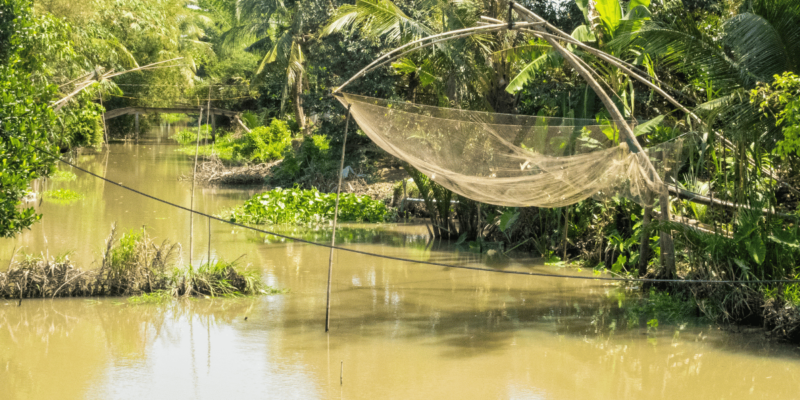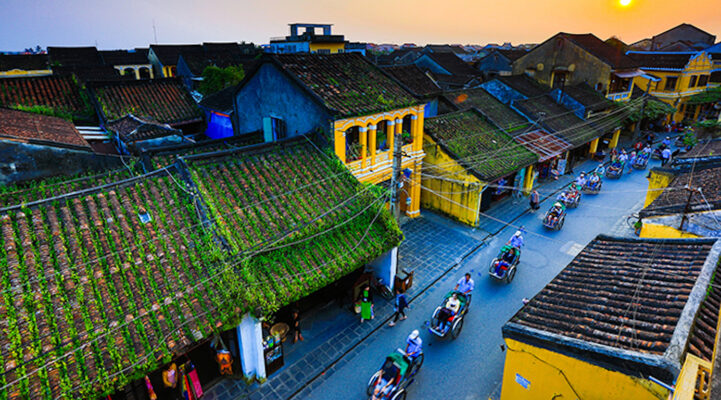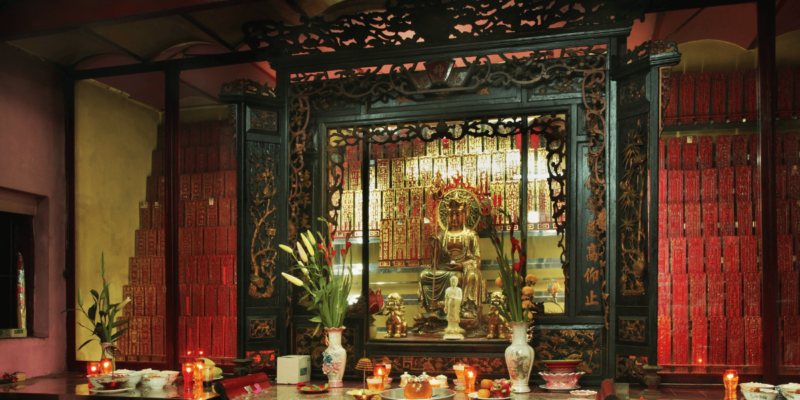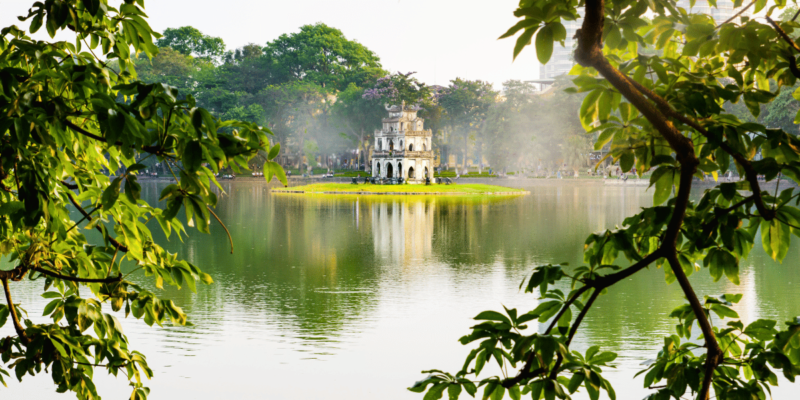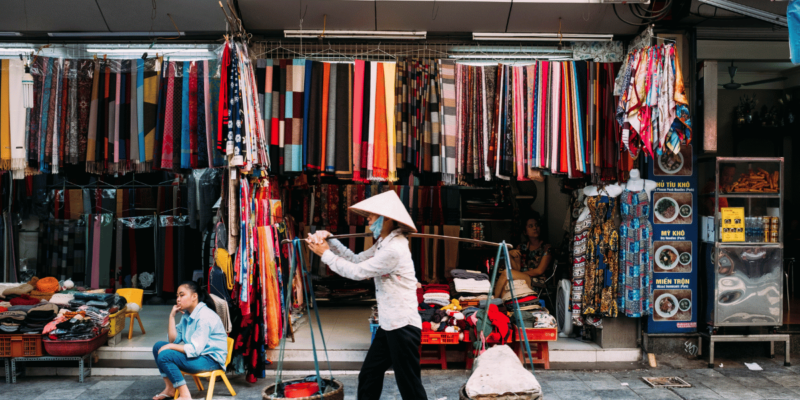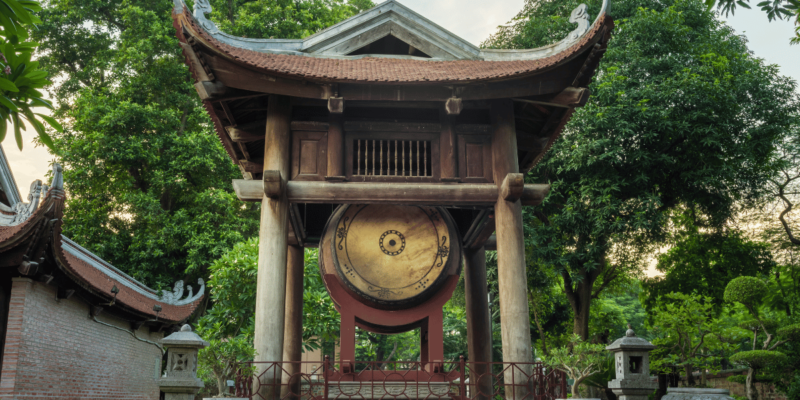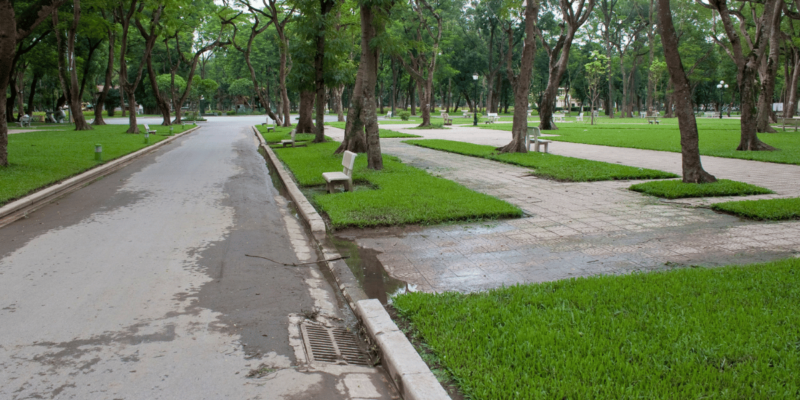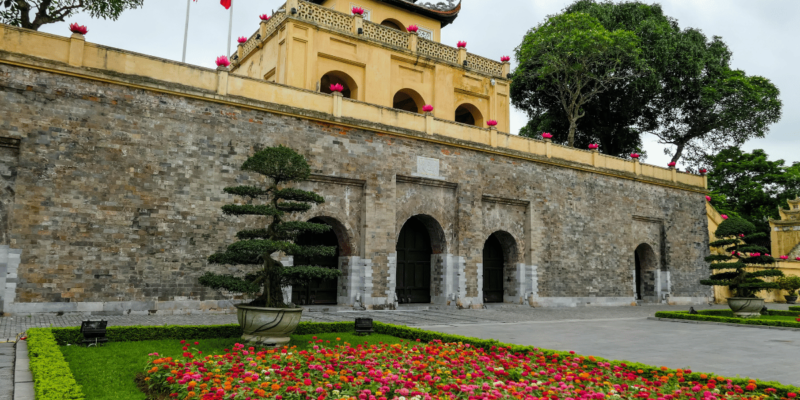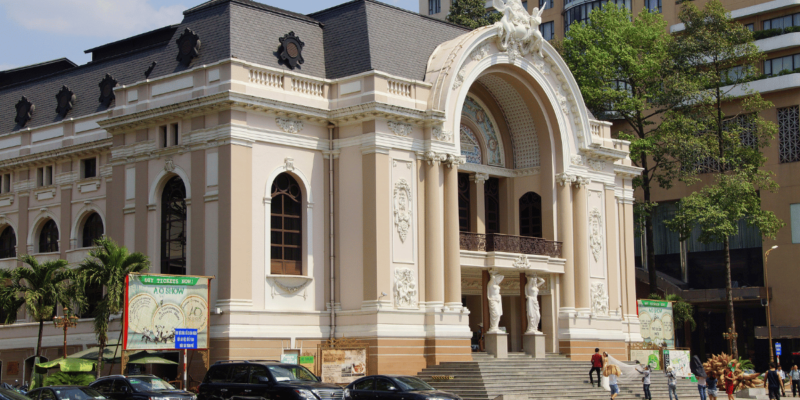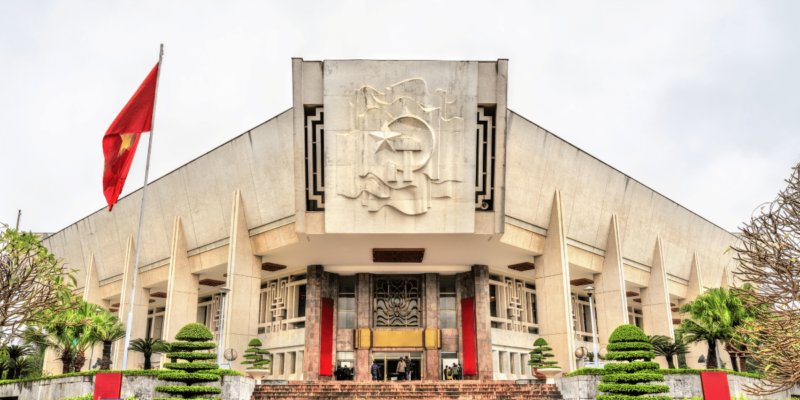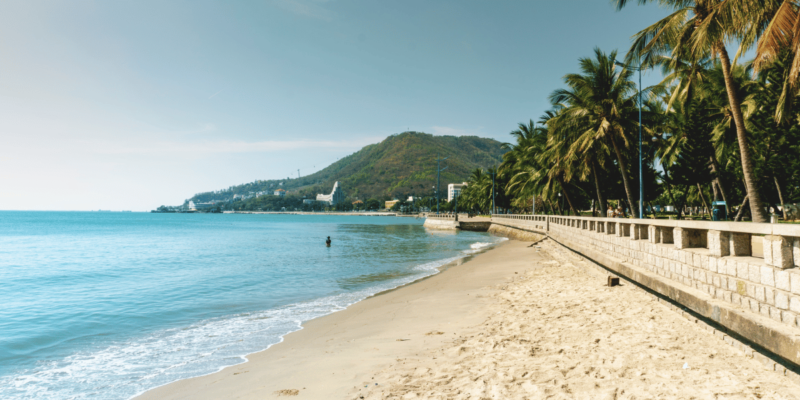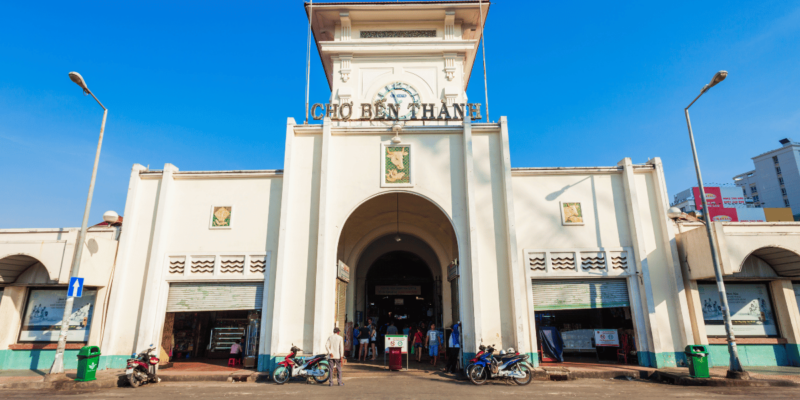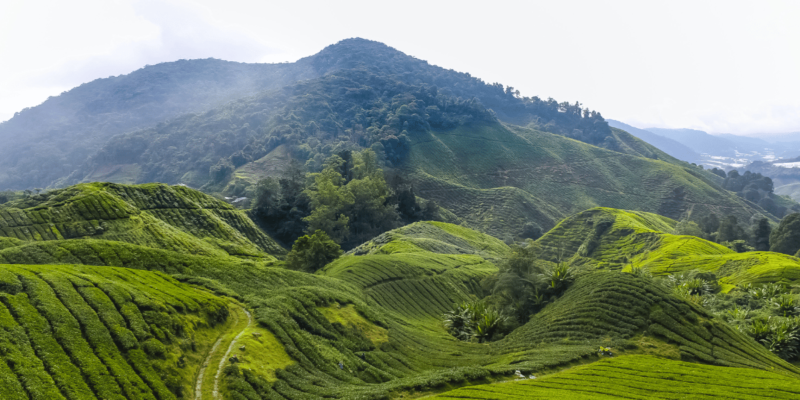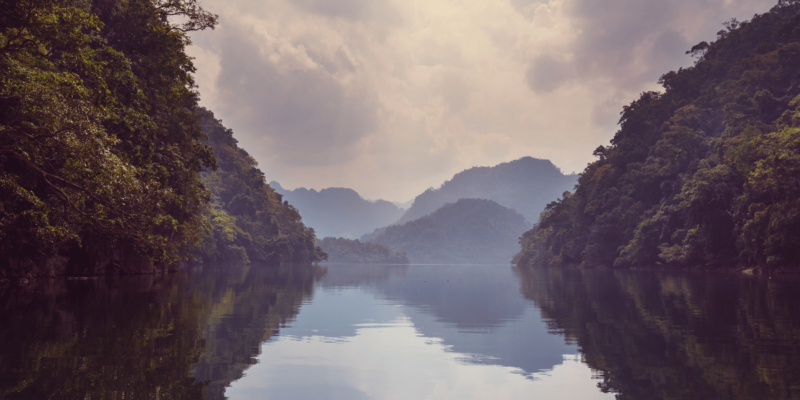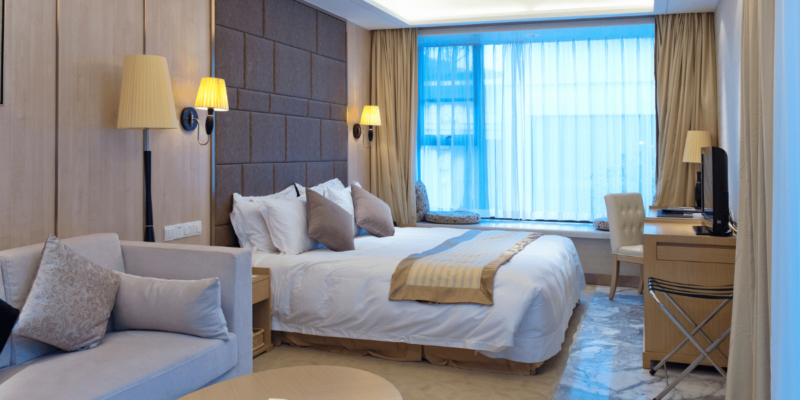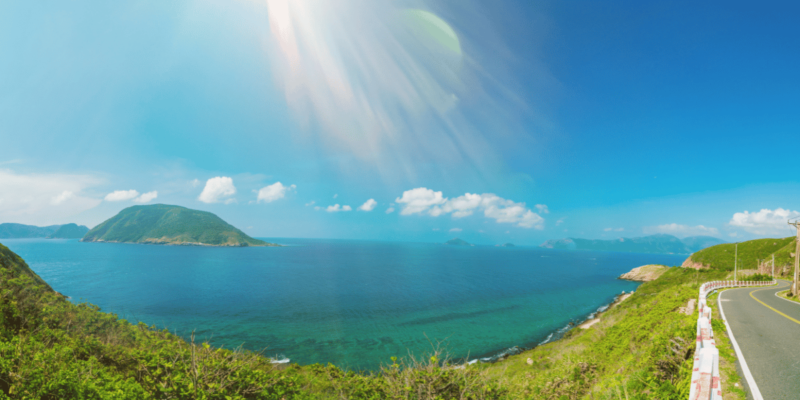Echoes of Ancient Champa: Exploring the Mystical My Son Sanctuary
My Son Sanctuary, located in the heart of Quang Nam Province, is a cluster of ancient Hindu temples that stands as a testament to the rich cultural and historical heritage of Vietnam. This site, once the religious and political capital of the Champa Kingdom, is now a revered archaeological treasure. My Son Sanctuary’s intricate carvings, majestic towers, and spiritual aura draw visitors from around the world, eager to explore its historical depth and architectural splendour. This article will delve into the history, architecture, cultural significance, and practical information about visiting My Son Sanctuary, offering a comprehensive guide to this extraordinary landmark.
Historical Background
My Son Sanctuary was established between the 4th and 14th centuries by the kings of Champa, a powerful and influential civilisation in central and southern Vietnam. The site served as a religious centre dedicated to the worship of Hindu deities, particularly Shiva, who was regarded as the protector of the Champa kings. Over the centuries, successive Champa monarchs added temples and towers to the sanctuary, each contributing to its architectural and cultural richness. My Son’s history is marked by periods of both prosperity and decline, reflecting the broader fortunes of the Champa civilisation. The site was rediscovered in the late 19th century by French archaeologists and has since been recognised for its historical significance.
Architectural Features
The architectural splendour of My Son Sanctuary is characterised by its intricate brickwork and exquisite sculptures. The temples and towers are constructed from red bricks, with minimal use of mortar, showcasing the advanced construction techniques of the Champa artisans. Notable structures include the Kalan (temple) groups, which vary in size and complexity, often adorned with detailed bas-reliefs depicting Hindu mythology. The influence of Hinduism is evident in the iconography, with numerous depictions of gods, goddesses, and sacred symbols. The towering structures, some reaching up to 20 metres in height, are crowned with linga and yoni, symbolising the union of Shiva and Shakti. The meticulous craftsmanship and spiritual symbolism embedded in the architecture of My Son make it a site of profound historical and artistic value.
Cultural and Religious Significance
My Son Sanctuary was the spiritual heart of the Champa Kingdom, playing a central role in the religious life of its people. The temples were dedicated to various Hindu deities, with Shiva being the primary god worshipped. Rituals and ceremonies conducted at My Son were integral to the spiritual and political authority of the Champa kings, who sought divine favour and legitimacy through their devotion. The sanctuary served not only as a place of worship but also as a cultural hub where art, music, and literature flourished. Today, My Son continues to be a symbol of the Champa’s religious devotion and cultural achievements, offering insights into the spiritual and societal structures of this ancient civilisation.
UNESCO World Heritage Status
In 1999, My Son Sanctuary was designated a UNESCO World Heritage Site, recognising its outstanding cultural value and the need for its preservation. The UNESCO status was granted based on criteria such as its representation of cultural traditions and its significance as an exceptional testimony to the Champa civilisation. This designation has had a profound impact on conservation efforts, leading to international collaboration in the restoration and protection of the site. UNESCO recognition has also enhanced global awareness of My Son, attracting scholars, historians, and tourists, and providing a boost to local and national pride in Vietnam’s rich heritage.
Visiting My Son Sanctuary
Visiting My Son Sanctuary offers a unique journey into Vietnam’s ancient past. The site is located about 40 kilometres southwest of Hoi An, and can be reached by car, motorbike, or guided tour. The sanctuary is open daily from early morning until late afternoon, with an entrance fee required for visitors. To fully appreciate the site, it is recommended to visit early in the morning to avoid the midday heat and crowds. Guided tours are available and can provide valuable insights into the history and significance of the temples. The sanctuary is set amidst lush greenery, creating a serene environment that enhances the spiritual experience. Nearby attractions include the town of Hoi An, with its own rich history and cultural offerings, making a visit to My Son a perfect addition to a broader exploration of the region.
Conclusion
My Son Sanctuary stands as a remarkable testament to the historical and cultural legacy of the Champa Kingdom. Its ancient temples, with their intricate carvings and towering structures, continue to inspire awe and admiration. As a UNESCO World Heritage Site, My Son is not only a valuable link to the past but also a symbol of the importance of preserving cultural heritage for future generations. Visiting My Son offers a profound insight into Vietnam’s ancient history, showcasing the architectural genius and spiritual devotion of the Champa civilisation. The sanctuary remains a beacon of cultural pride and a must-visit destination for anyone seeking to explore the depths of Vietnam’s historical landscape.




